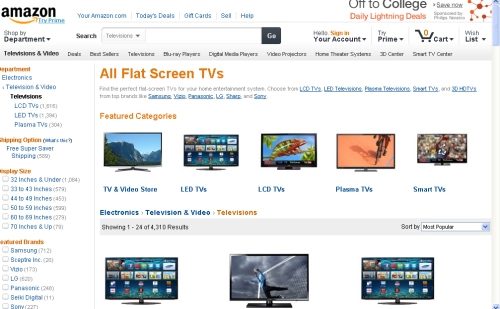The phrase appears everywhere. Our service or products will fit “all of your needs.” Wow! This is it. I’ve hit the Holy Grail. ALL of my needs. Where do I sign up?? I need a new wardrobe. I need someone to wash my dog. I need more time to watch Shark Tank Tuesdays. I need a vacation. And on and on…
The reality is, nothing fits “all of your needs.” Not any one person, company, or product. A search of Google yields about 121,000,000 results for “all of your needs.” That large a number says that there are a lot of people and businesses that believe they can do it all. (Humorous sidetrack: the number one search result on Google for “all of your needs” returns a link to a Bible passage from Philippians 4:19 that says, “And my God will meet all your needs.” Score one for the big guy.)
One of the lessons that should be taught to content writers during their Marketing 101 course is to avoid using the phrase “all of your needs” in copy. Forever. In fact, there should be a law against using such a trite phrase that’s guaranteed to underdeliver. Besides “all of your needs,” the Harvard Business Review released their own Bizspeak Blacklist of overused word phrases that display an absence of actual thought. Some offenders:
-
Think outside the box
-
Mission-critical
-
Hit the ground running
-
Push the envelope
-
Value-added
-
Level the playing field
SHIFT Communications took overuse of a trite phrase one step further and sampled 62,768 press releases from 2013. Their goal was to find the top 50 most overused words marketers penned in press releases. Do you use (or overuse) any of these: new, first, most, leading, best, great, largest, better, special, or better? If so, you are not alone. They made the 50 most overused words in press releases list for 2013 along with mobile, professional, current, real, and top.
4 Steps To Avoid Trite Marketing Phrases
-
Describe what makes your item or service unique from others like it. This is your chance to take a 30-second elevator pitch and translate into a few short sentences. Some items to cover in your written description may include a guarantee, something that will be fixed, benefits when used, and specialties that will stand out from the crowd.
-
Wrap your product around words that trip the senses. Effective copy crafts words that make the reader believe they cannot possibly live without the product or service. Paint a word picture that appeals to one or more of the five senses. Create a sensory experience with words that let’s the reader see a vision, remember a smell, or desire to touch. For inspiration, click on a few of the products from one of the best eCommerce brands today that knows how to appeal to the senses. The Duluth Trading Company uses humor through the words on their t-shirt product descriptions. One solves the problem of confronting the unsightly shock of happening upon someone with a much-feared “Plumbers Butt.”
-
Share a true story or testimonial. For marketers, nothing is better than word-of-mouth referrals where one customer sells another on a product or service. BazaarVoice, a leader in gathering product or service reviews, reports that items with positive feedback convert 12.5% better than those without. Let the praises of your customers sing for others and add their words in a quote format to your marketing copy.
-
Appeal to the imagination. The art of poetry is lost. Bring wordsmithing back with words that evoke images for your products or services. Words to Use is a website that can help remove writer’s block and find the right words about anything. Can you describe a rose?
While you won’t be able to entirely eliminate trite phrases from your writing, editing with a mind toward using words with sizzle will bring your marketing prose to the next level.











